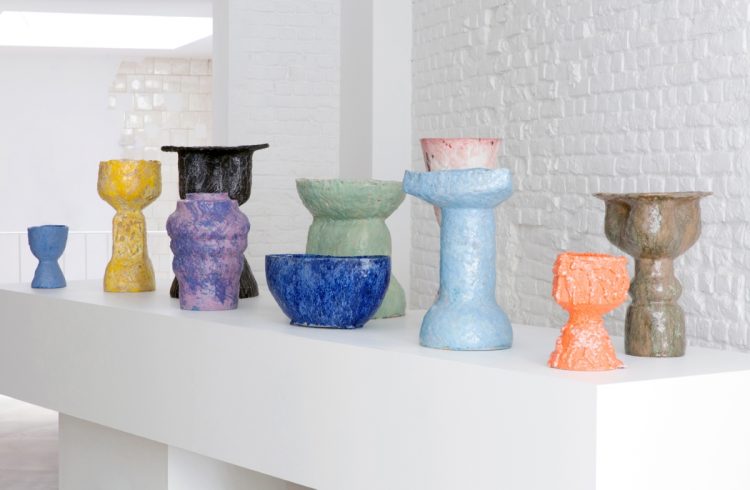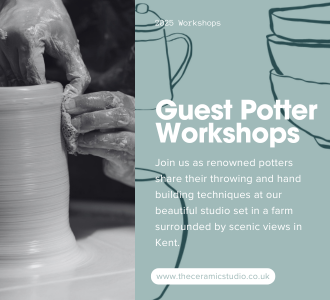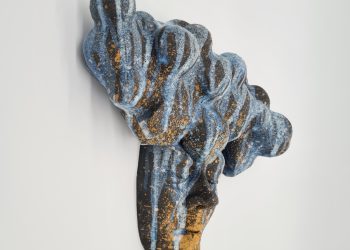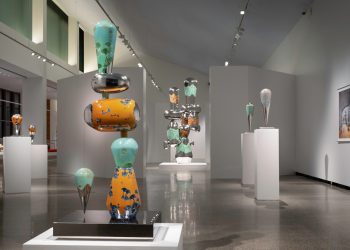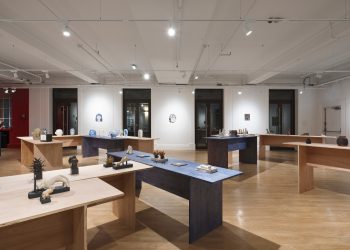Elena Gileva’s (b. 1992 in Russia – lives and works in London, UK) work explores the decorative, historical, and ornamental through the medium of sculpture. Gileva is trained in both ceramics and fine arts, with a MA in Ceramics and Glass from the Royal College of Art and BFA from the Parsons Paris School of Art and Design. Her fascination lies with the language and history of objects. A myriad of references underpin the work but the artist’s interest in Russian folklore is key to understanding her practice. Archetypal functional objects—pots, jars, pillars—are reworked until they take on new colours, shapes and stories.
Transmutation is a central motif in Russian folk stories in which frogs turn into princesses, boys into goats and women into swans. In Gileva’s work this is a recurrent process; clay becomes form, craft becomes art, the past becomes present and the present past, and reality and fantasy flow in and out of each other.
Recent projects include: La Borne, France 2020; Kleureyck: Van Eyck’s Colours in Design, Design Museum Ghent. Belgium 2020London Art Fair, White Conduit Projects. London 2019; FRACAS. Brussels. 2019; Nakanojo Biennial 2019,Gunma, Japan 2019; Cultural Lanscape part 2, Gallerie de L’Ancienne poste, Toucy, France
Visit Elena Gileva’s website and Instagram page.
Featured work
The Chalices, 2019 – Ongoing
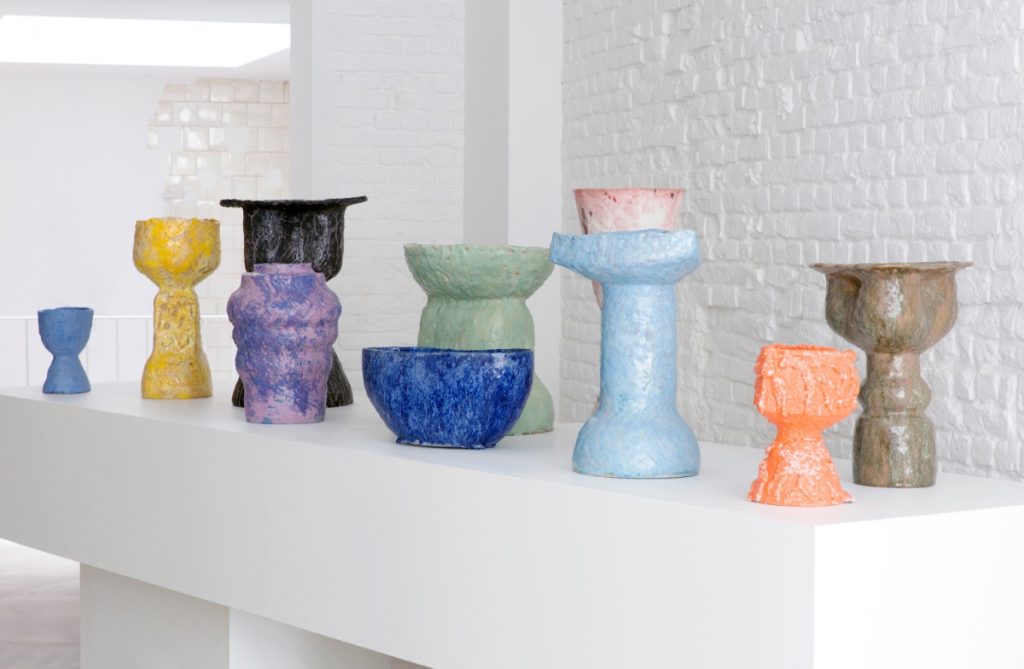
Cultural landscape, 2016-2017
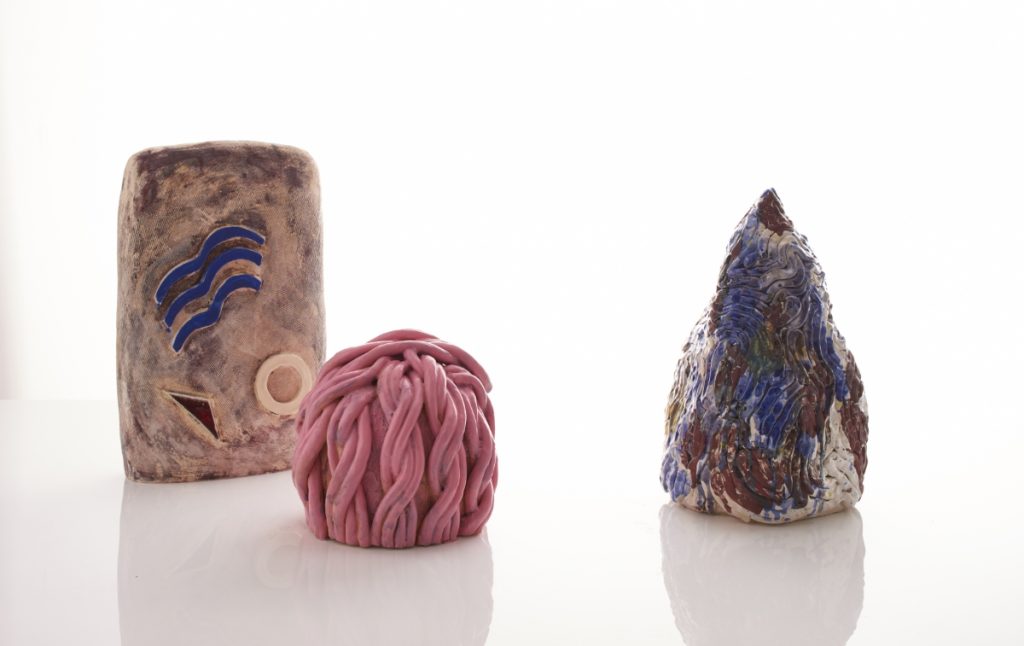
Fascination with history and culture contained in objects is expressed throughout my work. Observing and studying formal aspects of artefacts as well as finding their meanings and histories drives me to create their contemporary renderings. I am interested in the material culture, in its expression and interpretation. Decoration and surface are my main basis for the transmission of a concept. Abandoning current trends of minimal, modern/postmodern and purely conceptual I take ORNAMENTAL as a subject and symbol of the old and new; the spiral movement of history. The object as a power tool is crucial to communicate ideas.
The narratives created through the agency of relics are a base of our collective consciousness, however in the contemporary world the axis of histories has been shifted through the displacement of historical objects. Acting as a ‘collector’ of surfaces, ideas and shapes I seek to assemble an alternative universe.


